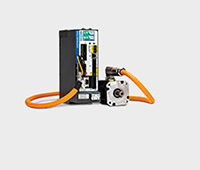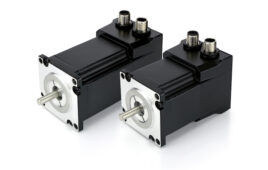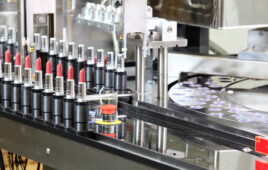 Leslie Langnau – Managing Editor
Leslie Langnau – Managing Editor
On Twitter @DW_3Dprinting
Technology Forward
One of the goals driving the Internet of Things (IoT) is the belief that the gathered data will deliver information you can use to develop new products. A recent survey, though, indicates that designers should not just simply make already existing products remotely controlled. That level of development seems to have come and gone.
The survey was conducted by Autodesk during its Accelerate 2015 conference to a random sample of consumer and industrial users. Specific views examined were on product recyclability, privacy and Internet connectivity. The results were delivered with a positive spin in the press release. Skeptical examination, though, reveals that the IoT is not as accepted by potential consumer buyers as it is by manufacturers.
Recyclability was an exception. Almost 60% of consumer respondents said they would be willing to pay a 10% premium for a product, such as a home appliance, that can be recycled at the end of its useful life. 61% of industrial users said such a feature was essential in their product development process.
When it comes to buying home devices that connect to the Internet, though, only 29% of consumer respondents would pay a little extra for them. Further, more than 60% would not care to have a product they can turn on and off remotely. (Goodbye IoT light bulbs.)
Not many (21%) seem to care if manufacturers can use the Internet to update products’ software functions or fix bugs remotely. Less than 10% are interested in companies’ ability to use gathered data to improve products. And nearly 80% are not interested in having the ability to monitor their personal data.
For industrial users, about 42% see the top benefit of the IoT being the ability to monitor product and user data over time. Interestingly, less than one-quarter (24%) say that more data will help improve future products.
Industrial users are not excited about remote on-off features either, with only 4% seeing this feature as an advantage.
The IoT is being sold, in part, as a way to do more with less, not just turn devices into Internet-enabled remote control products. But current product offerings are not meeting that expectation.
Of course, the other development path is using the IoT for services, such as remote diagnostics or monitoring.
For consumers, GreenPeak Technologies suggests services as well. Focused on the smart home, the idea is to develop products that would provide the services performed by a butler. Smart devices would be truly smart, and not just connected to the Internet, and would recognize what is happening in a home. The devices would then either alert the owner or take proactive action (defined by the owner through easily programmed choices).
As with so many innovations (such as 3D printing), it’s not about automating what you already do. It’s more about thinking “outside the box,” inventing the next level. What can the new technology help you do that you could not do before?
Filed Under: CONNECTIVITY • fieldbuses • networks, MOTION CONTROL, MORE INDUSTRIES





Tell Us What You Think!